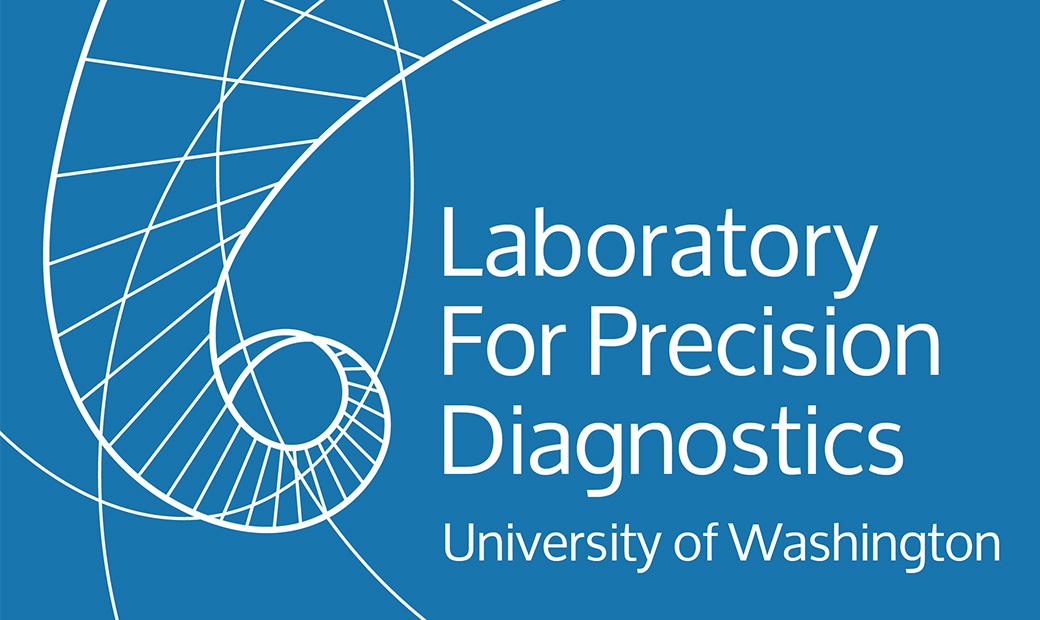The Collagen Diagnostic Laboratory specializes in testing for Ehlers-Danlos Syndrome and offers the most comprehensive EDS testing available. The Comprehensive EDS Panel includes testing for 15 genes associated with Ehlers-Danlos Syndrome, including the recently described Periodontal form of EDS (EDS type VIII). Panel genes: COL5A1, COL5A2, COL3A1, FLNA, PLOD1, COL1A1, COL1A2, ADAMTS2, C1S, C1R, ATP7A, CHST14, FKPB14, SLC39A13, and AEBP1.
COMPREHENSIVE EDS PANEL
| CLASSIFICATION | CLINICAL FEATURES | INHERITANCE | GENE(S) | AVAILABLE CLINICAL TESTING |
|---|---|---|---|---|
| Classical Type (EDS types I) | Soft, velvety, hyperextensible skin; easy bruising; "cigarette paper" scars | Dominant | COL5A1 and COL5A2 | Classical EDS EDS Panel Comprehensive EDS Panel |
| Classical type (EDS type II) | Similar to EDS type I but less severe. Soft, hyperextensible skin; joint hypermobility; bruising; normal scar formation | Dominant (rare recessives) | COL5A1 and COL5A2 | Classical EDS |
| Classical-like, 2 | Joint and skin laxity, osteoporosis, osteoarthritis, abnormal scarring, joint dislocations | Recessive | AEBP1 | Comprehensive EDS Panel |
| Hypermobility Type (EDS type III) or Tenascin Deficient Type | Marked large and small joint hypermobility, joint pain, easy bruising, easy bleeding, normal scars | Dominant | TNXB (<5%) | (Not available through CDL) |
| Vascular Type (EDS type IV) | Thin, translucent skin with visible veins; marked bruising; skin and joints have normal extensibility; arterial, bowel and uterine rupture | Dominant | COL3A1 | Vascular, type IV |
| Ocular-scoliotic (Kyphoscoliosis) Type (EDS type VI) | Progressive kyphoscoliosis, joint hypermobility, smooth, hyperelastic and fragile skin, muscular hypotonia and scleral fragility and rupture of the globe | Recessive | PLOD1 | Ocular-scoliotic, type VI |
| Arthrochalasia Type (EDS type VIIA and VIIB) | Congenital hip dislocation; very soft, fragile, bruisable skin, marked joint hypermobility, blue sclerae, small jaw, hypertrichosis | Dominant | COL1A1, COL1A2 | Arthrochalasia, type VII A/B (Exon 6 COL1A1/2 ) |
| Dermatosparaxis Type (EDS type VIIC) | Soft and very thin, fragile skin (tearing of the skin), stretchy skin, easy bruising, joint hypermobility | Recessive | ADAMTS2 | Dermatosparaxis, Type VIIC |
| Cardiac-Valvular Form | Joint hypermobility, skin hyperextensibility, cardiac valvular defects | Recessive | COL1A2 | Comprehensive EDS Panel |
| Periodontal (EDS type VIII) | Periodontitis, gingival recession, early tooth loss, easy bruising, skin hyperpigmentation, atrophic scars, joint hypermobility, thin skin | Dominant | C1S, C1R | Peridontal, Type VIII |
| Musculocontractural Type | Craniofacial dysmorphism, congenital contractures of thumbs and fingers, clubfeet, severe kyphoscoliosis, hypotonia, thin skin, easy bruising, atrophic scarring, joint hypermobility | Recessive | CHST14 | Comprehensive EDS Panel |
| EDS with progressive kyphoscoliosis, myopathy, and hearing loss | Severe muscle hypotonia at birth, progressive scoliosis, joint hypermobility, elastic skin, myopathy, hearing loss | Recessive | FKBP14 | FKBP14-Related EDS |
| Occipital horn (EDS type XI) | Easy bruising, hyperelastic skin, hernias, bladder diverticula, joint hypermobility, varicosities, multiple skeletal abnormalities | X-Linked Recessive | ATP7A | Comprehensive EDS Panel |
| Periventricular heterotopia variant (PVNH4) | Epilepsy, cardiac defects, joint hypermobility | X-Linked Dominant | FLNA | Comprehensive EDS Panel |
| Spondylocheirdysplastic form | Short stature, blue sclerae, thin and hyperelastic skin, muscle atrophy | Recessive | SLC39A13 | Comprehensive EDS Panel |
Please consult the Ehlers-Danlos Syndrome Test Guide for more information.
